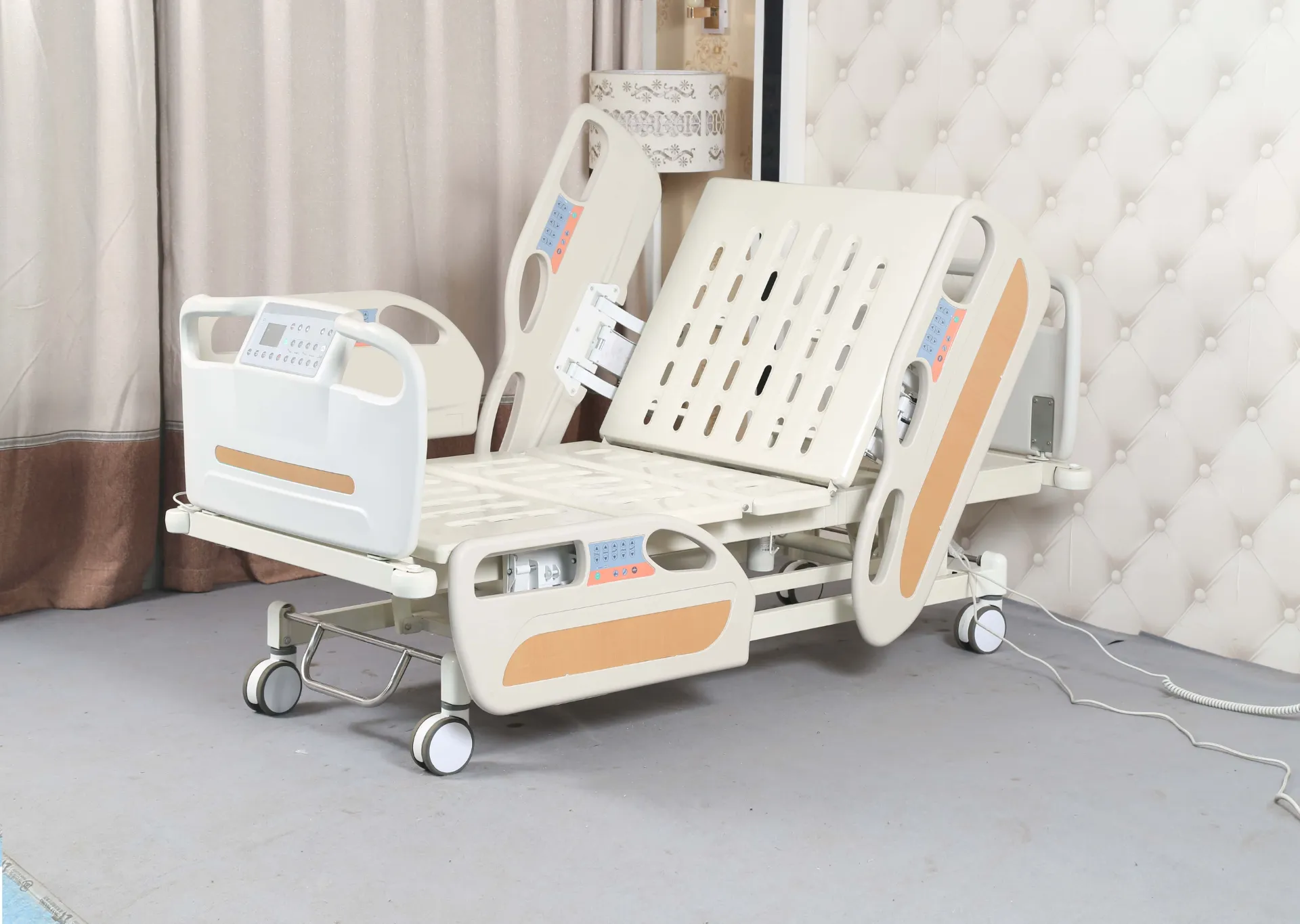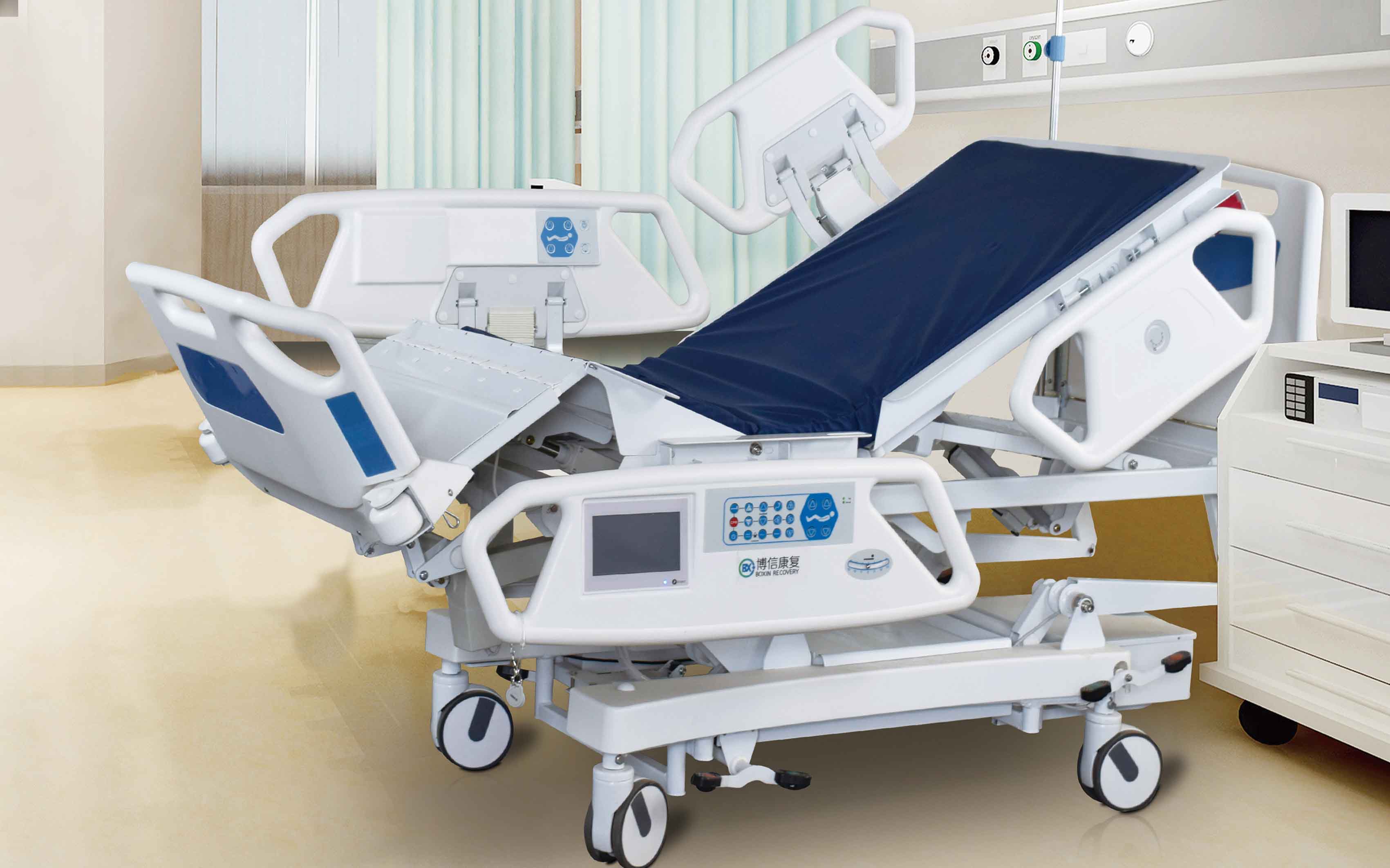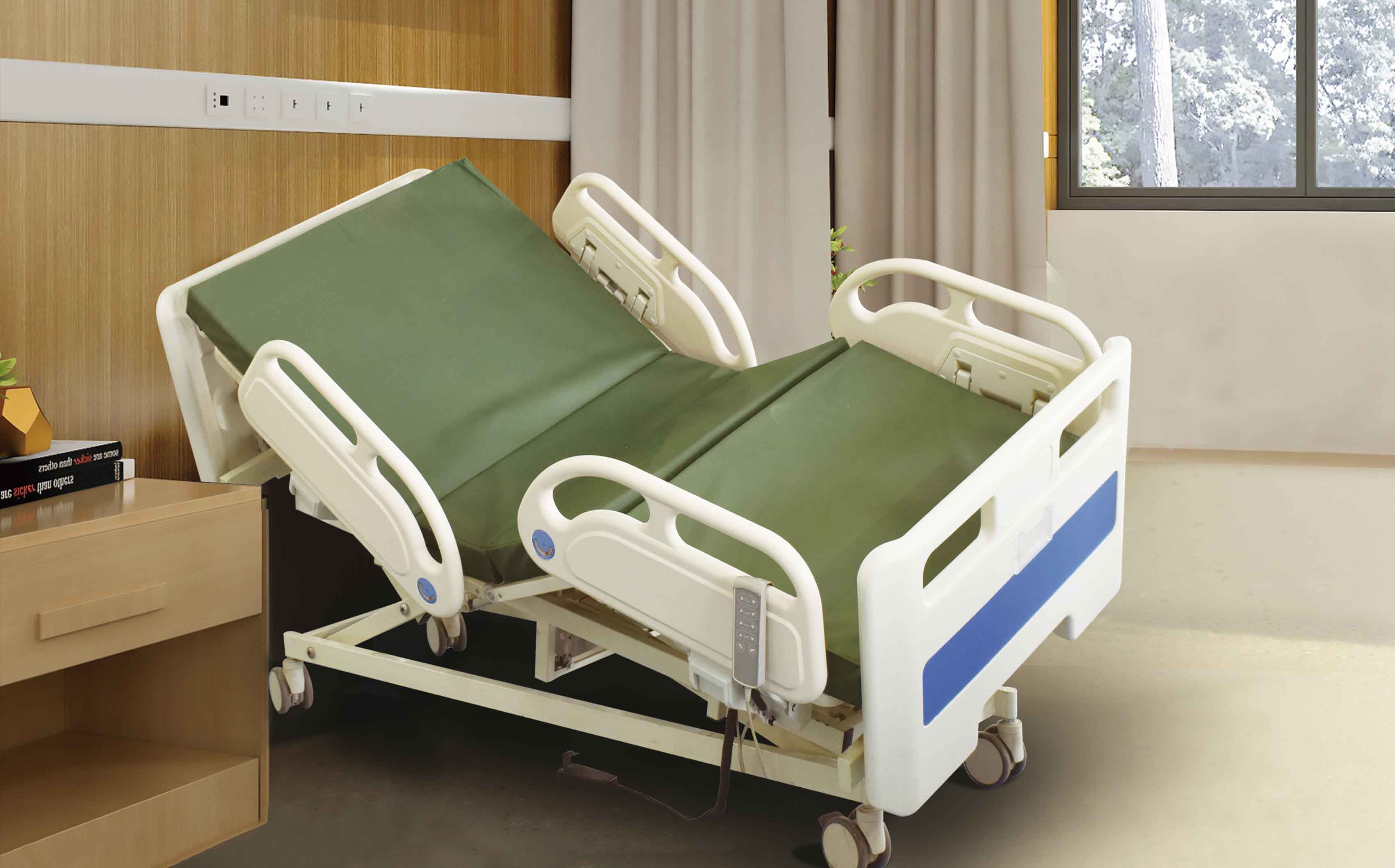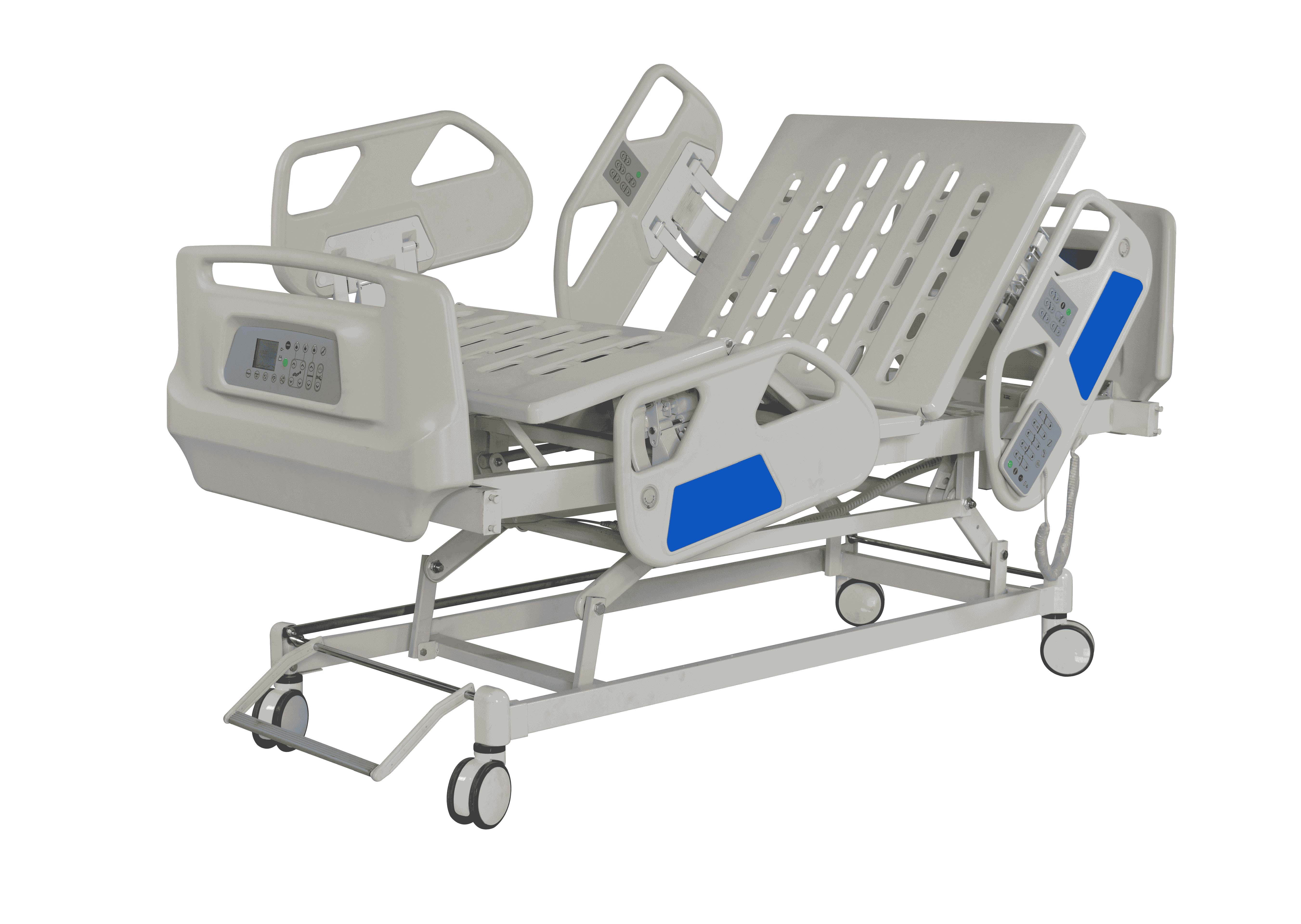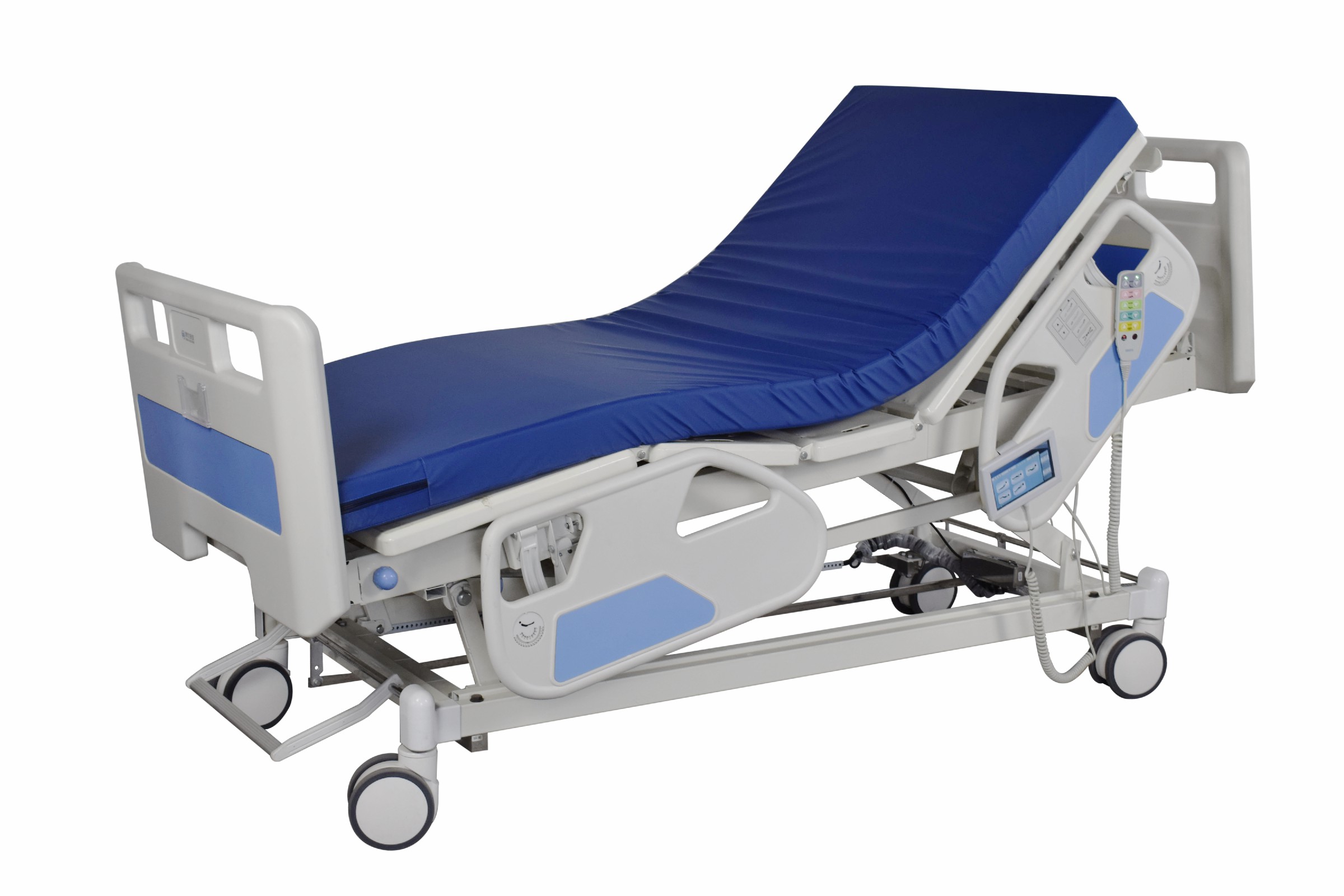Welcome to our websites!
Navigating Mobility Solutions for Seniors and Individuals with Disabilities
Walking Aids for Elderly Disabled Individuals Enhancing Mobility and Independence
As people age, mobility often becomes a significant concern. The elderly, especially those with disabilities or chronic conditions, may find it increasingly challenging to navigate their environments. Walking aids play a critical role in enhancing mobility, promoting independence, and ensuring safety for elderly individuals. This article discusses the various types of walking aids available, their benefits, and considerations for selecting the appropriate aid for elderly disabled individuals.
Understanding Walking Aids
Walking aids are devices designed to assist individuals with mobility challenges. These aids range from simple tools, like canes, to more complex mobility scooters and powered wheelchairs. Each type of aid serves different needs based on the individual’s level of disability, strength, and mobility requirements.
1. Canes Canes are perhaps the most common walking aids. They provide additional support and balance for those who can walk independently but may need help maintaining stability. There are various types of canes, including standard canes, quad canes (with four base points for added stability), and even foldable models for easy storage. Canes are particularly beneficial for users who suffer from minor instability or fatigue.
2. Walkers For individuals with more significant mobility concerns, walkers offer greater support than canes. Walkers come in various styles, including standard walkers, two-wheeled walkers, and rolling walkers (also known as rollators). Rolling walkers usually come equipped with wheels and hand brakes to facilitate smoother movement and allow users to rest on built-in seats. These aids are ideal for those who require more support while walking and prefer the option to sit when they need to take breaks.
3. Crutches Though more commonly associated with temporary injuries, crutches can be an effective walking aid for some elderly individuals with certain disabilities affecting their leg strength or function. They help redistribute weight and provide balance. However, crutches require upper body strength and coordination, which may not be suitable for all elderly users.
4. Mobility Scooters and Wheelchairs For those with severe mobility impairments, mobility scooters and powered wheelchairs provide freedom and independence over longer distances. These devices require little physical effort to operate and can navigate various terrains, making them ideal for both indoor and outdoor use. It is crucial to consider the user's specific needs, such as storage space, weight capacity, and controls, when selecting one of these options.
Benefits of Walking Aids
Using walking aids has numerous benefits for elderly disabled individuals
walking aids for elderly disabled
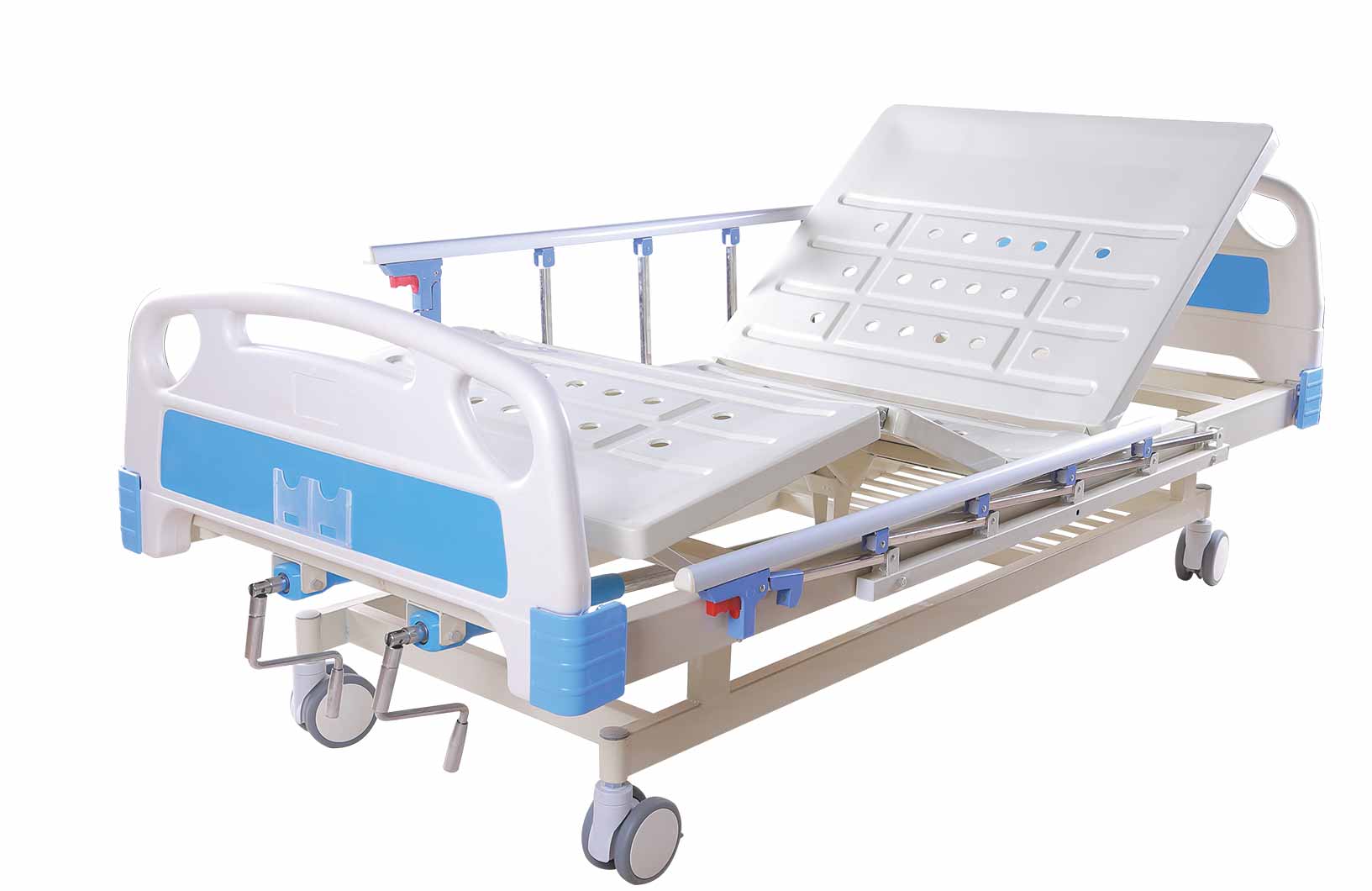
- Improved Safety Walking aids help reduce the risk of falls, a significant concern for the elderly. By providing additional support, these aids promote stability and confidence during movement.
- Enhanced Independence Many elderly individuals desire to maintain their independence. Walking aids enable them to perform daily activities, engage in social interactions, and participate in community events without relying on others for assistance.
- Better Mobility For those with mobility challenges, walking aids can enhance overall mobility. They allow users to travel further and engage in activities that promote physical health and well-being.
- Increased Quality of Life Ultimately, the use of walking aids can lead to an improved quality of life. When individuals can move safely and confidently, they can engage more fully in their daily lives, fostering a sense of belonging and participation in their communities.
Choosing the Right Walking Aid
Selecting the appropriate walking aid requires careful consideration. Factors such as the individual's level of mobility, specific physical limitations, and personal preferences must be taken into account. It is always advisable for elderly individuals and their caregivers to consult with healthcare professionals, such as physical therapists or occupational therapists, who can provide guidance tailored to the individual’s needs.
Personal comfort and ease of use are critical, as the chosen aid should feel natural and supportive. It is essential to encourage the user to practice with their walking aid to build confidence and ensure proper technique while using it.
Conclusion
Walking aids serve as invaluable tools for elderly individuals facing mobility challenges. With a wide variety of options available, finding the right aid can significantly enhance an individual’s independence, safety, and quality of life. By understanding the different types of walking aids and considering the specific needs of the user, caregivers and family members can help empower elderly disabled individuals to navigate their world with confidence and dignity.
-
Transforming Healthcare with Hospital FurnitureNewsJun.24,2025
-
Rehabilitation EquipmentNewsJun.24,2025
-
Mobility and Independence with WheelchairsNewsJun.24,2025
-
Freedom of Mobility with Our Rollator WalkersNewsJun.24,2025
-
Comfort and Independence with Commode ChairsNewsJun.24,2025
-
Bathing Safety and Independence with Shower ChairsNewsJun.24,2025
-
Navigating the Wholesale Landscape of Electric Mobility Solutions: Key Considerations for Power Wheelchair DealersNewsJun.10,2025


